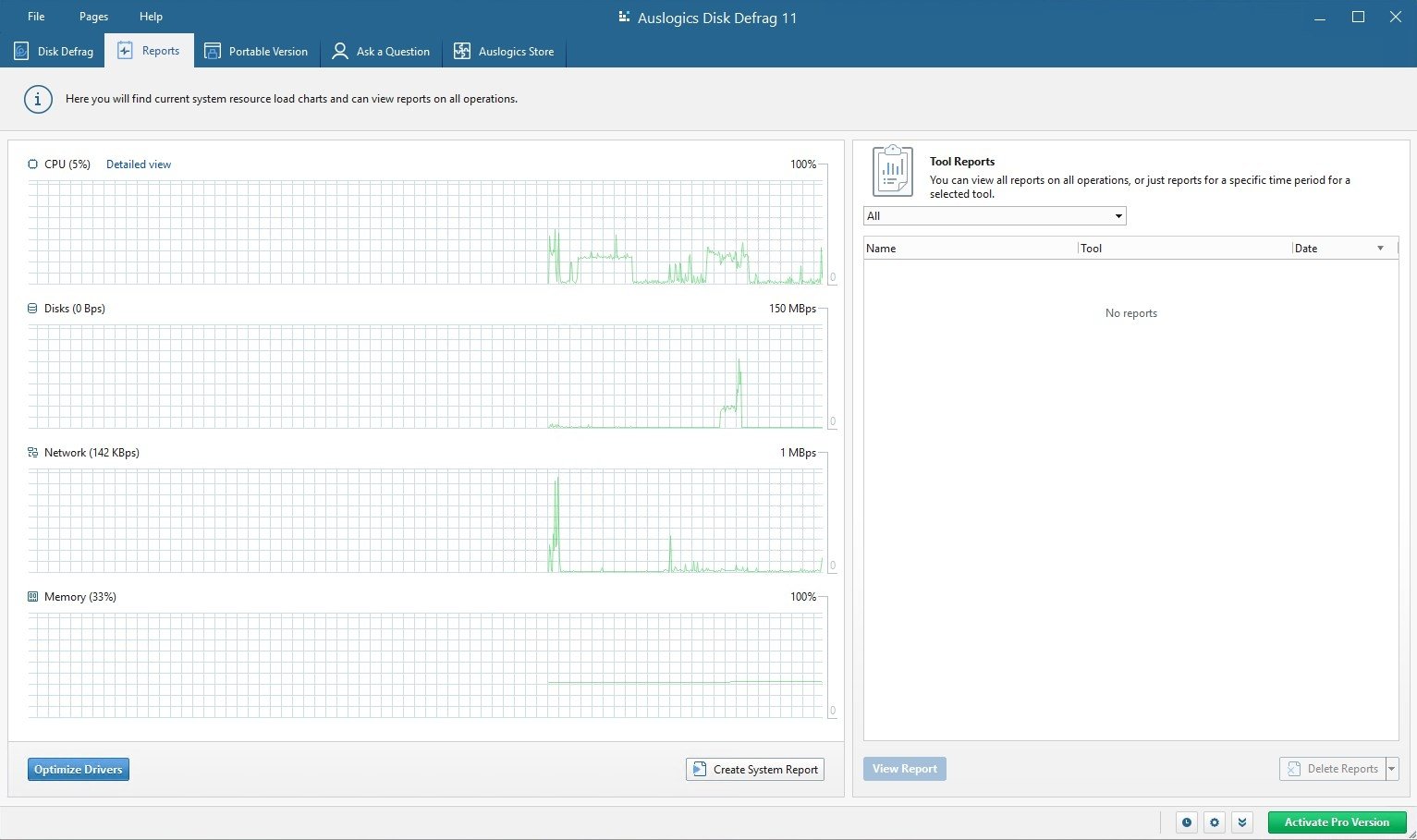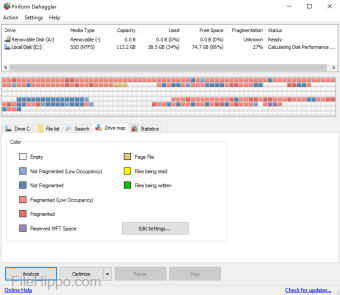

There aren't many apps that do this on mac since actual filesystem fragmentation both rare and rarely a cause of measurable slowdown. You don’t need to rearrange the files on the drive as macOS does that for you - just keep 20 GB free or 25% free if you can, and the system optimizes the file location automatically. It rebuilds the catalog (filesystem) that tracks the files. To find it out, go to About This Mac > System Report > Hardware > Storage, there you highlight the drive, it’ll show flash storage or a normal hard drive.On APFS - you don’t need to defragment anything. Therefore, we’d suggest you go ahead and check if your MacBook is loaded with an HDD or SSD.

This is important because defragging is only necessary to a hard disk drive, and it would be a waste of your time to do so on an SSD. If it is, Apple would have added this feature as part of Disk Utility, right? That said, there may be some situations (as we mentioned above) you’ll need to defrag your Mac drive provided that your MacBook is aging. Because defragmenting a Mac hard drive isn’t a necessary task. MacOS, on the other hand, does not offer this kind of defragging tool or option. We have to remind you though, that defragging only applies to hard disk drives (HDDs). Therefore, Microsoft has developed a defrag tool - called Disk Defragmenter (for Windows 7 or older) or Optimize Drives (in Windows 8 and Windows 10). If that’s the case, then you probably need a third-party app like Stellar Drive Toolbox - an app that claims to be able to defrag Mac and make the hard drive run more smoothly.ĭefrag, short for defragmentation, refers to the process of fixing disk fragmentation problems by keeping related data together thus helping decrease the time it needs to access certain files.įragmentation is very common on Windows PCs.

In particular, when your Mac has lots of large media files (pictures, videos, etc.) that are larger than 1 Gigabyte. HFS Plus (now APFS since macOS High Sierra 10.13).Īlso, your MacBook’s performance issue could be caused by other reasons.īut, there are cases that you can benefit from defragmenting. Unlike Windows which provides a built-in Disk Defragmenter (now called Optimize Drives in Windows 10), macOS does not have a utility or feature like this.Īnd you probably don’t need to defrag a Mac drive most of the time, because macOS can take care of that automatically on its own, thanks to the way macOS organizes its file system i.e. Is there an app I can use for Mac defragment? I’m wondering how to defrag a Mac hard drive and make it faster because my MacBook seems to run slower after updating to the latest macOS.


 0 kommentar(er)
0 kommentar(er)
